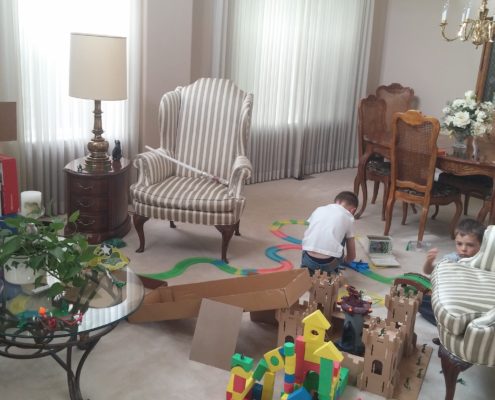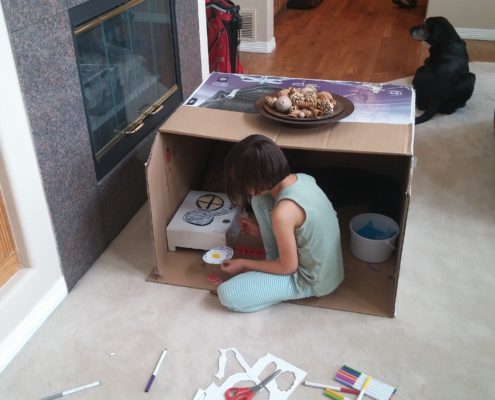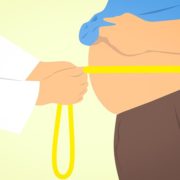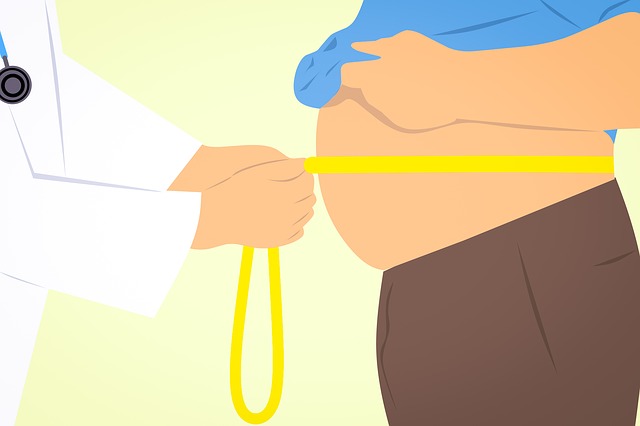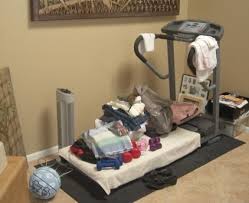Five Critical Steps to Thriving Within Your Longevity Bonus
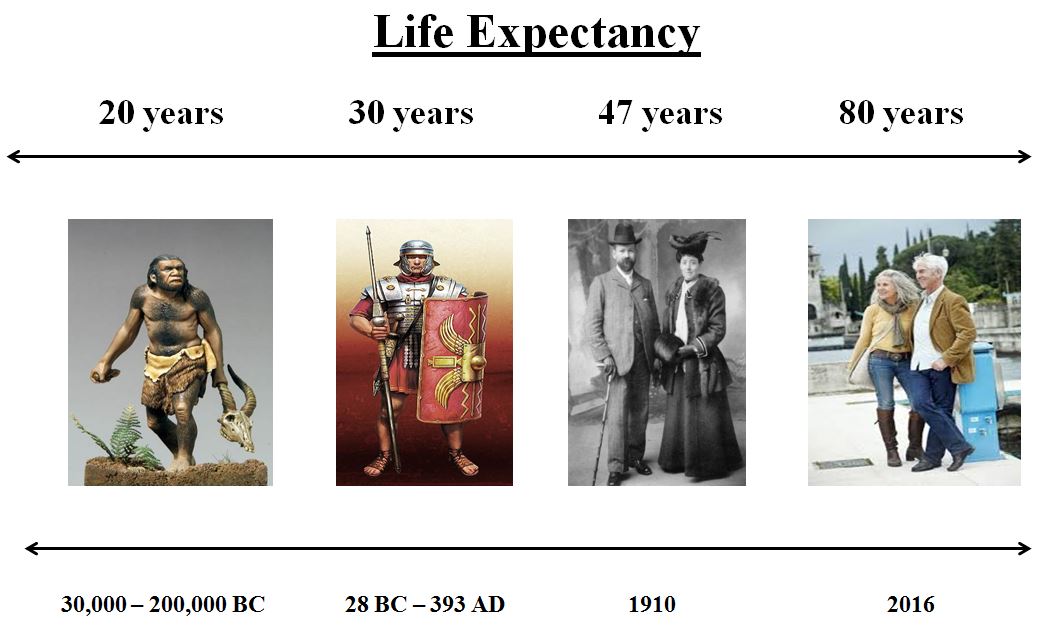
You’ve heard it a thousand times.
We’re living longer. Yay!
We extended our average lifespan more in 110 years than we did in the previous 100,000 years. That’s quite a hockey-stick performance.
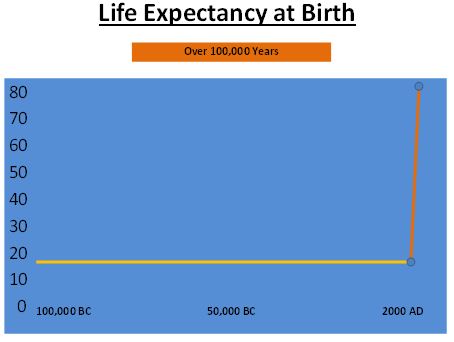
Makes you wonder why we waited so long. What was so magic about the 20th century? I guess you could say that a few folks woke up and started picking low-hanging fruit that was killing us early, and let it accelerate from there.
Like:
- Washing hands before surgery. DUH!
- Better sanitation.
- Finding cures for most of the infectious diseases that dominated the early part of the century.
- Improving education – availability, methods, and content.
- Better food – quality and distribution.
- Cleaner water.
- Safer work environments and implements.
Medicine and technology teamed up and hockey-sticked it for us.
Then we hit a wall. It turns out that the progress stopped – and that longer doesn’t always mean better. The average lifespan in the U.S. has turned down each year since 2016.
It’s self-inflicted!
There’s only so much that medical science can do to maintain the acceleration. The fruit is now high in the tree and hard to get to.
We know that longer isn’t always better because Americans spend an average of ten years in ill-health, more than any other developed country. That’s a long time to feel bad – and it’s incredibly expensive.
It appears that it can only get worse as our population continues to shift to a higher concentration of over-65:
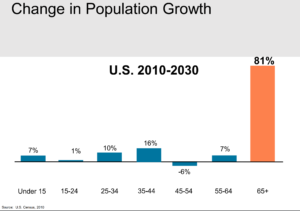
Source: AgeWave
As I wrote about last week, many of us get to the back-nine of life having double- or triple-bogeyed the front-nine with our marginal lifestyle habits and facing an accelerating downward slope that results in “living too short and dying too long.”
What’s the lifespan downturn telling us?
Could it be that we don’t give a darn about this gift of potential healthy longevity brought on by research, science, medicine?
Do we still buy the 20th-century myths, models, and messages about automatic senescence, fate versus choice, genetics versus habits?
Maybe. Probably.
But the scoreboard doesn’t lie. We still seem to choose not to flatten the back-nine slope and live longer in health and shorter in chronicity. Rather, we seem to be given to waiting and hoping for government, science, big pharma to find more miracle life-extenders when the best life-extenders have been around forever and are free.
But inconvenient. And sometimes uncomfortable.
Here are five things to consider while you wait for the next scientific/pharma miracle.
You’ll feel and look better while you wait. Oh, and BTW, you might save yourself and our society a lot of money.
- Adopt WFPB instead of CRAP. Yes, my needle is stuck on the record – and you’re tired of hearing it. The Standard American Diet (SAD) is killing us slowly – and now, more and more of the world.
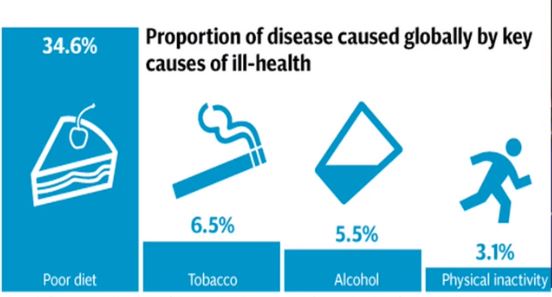 It’s simple in concept, tough in practice. But we know moving to a Whole-Food-Plant-Based diet and away from Calorie-Rich-and-Processed will slow the slope.
It’s simple in concept, tough in practice. But we know moving to a Whole-Food-Plant-Based diet and away from Calorie-Rich-and-Processed will slow the slope. - Cancel Netflix. Or Hulu. Or Prime. Or whatever may have you, along with the average “down-sloper/retiree”, watching 49 hours of TV a week. Divert 15% of the 49 hours to getting your heart rate up and your muscles stronger. That’s only an hour a day of slope-flattening activity.

- Get connected – and care. Don’t be a hermit.

Here’s an untold secret of longevity. Mary Zaraska spells it out in her powerful new book “Growing Young: How Friendship, Optimism, and Kindness Can Help You Live to 100.” (paid link). It’s called having a strong network of family and friends as we age.
Zaraska states that what she learned through research and personal experience is:
” – building a strong support network of family and friends lowers mortality risk by about 45 percent. Exercise, on the other hand, can lower that risk by 23 to 33 percent. Eating six servings of fruit and veg per day can cut the danger of dying early by 26 percent while following the Mediterranean diet by 21 percent. For volunteering, it’s 22 to 44 percent.”
We already know that social isolation is a significant killer, equivalent to smoking 15 cigarettes a day, according to AARP.
- Renew your library card.

Did you know that 40% of college grads never open another book after graduation? It seems still too many of us have decided that those first 20 years of learning were enough, failing to acknowledge that our brains are like a muscle that we’ll lose if we don’t use.
Research is making a direct connection between continued learning and dementia. Curiosity is important for mental health. We’re fully capable of high levels of creativity during the “retirement” years. Never stop learning. Stretch your brain.
- Unretire. It’s happening a lot. Many who bought the “full-stop retirement” Koolaid are experiencing the downsides and altering their retirement lives back to something more than relaxation and rest. Leisure-based, self-indulgent retirement has exposed itself as detrimental to long-term physical and mental health – a definite “slope accelerator.”
Simple, but not easy. The jury has returned with a verdict that our lifestyles are guilty for the deep slope and the big pile at the bottom of the hill. For us “back-niners” it’s a choice between a fence at the top of the slope or an ambulance at the bottom of the hill. We can wait for government, science, or big pharma to build a fence or we can be knowledgeable about our biology, team with our doc, and take charge.
And then that curve just might start turning back up.
Thanks for being a reader. Please scroll down and leave a comment below.

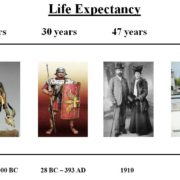

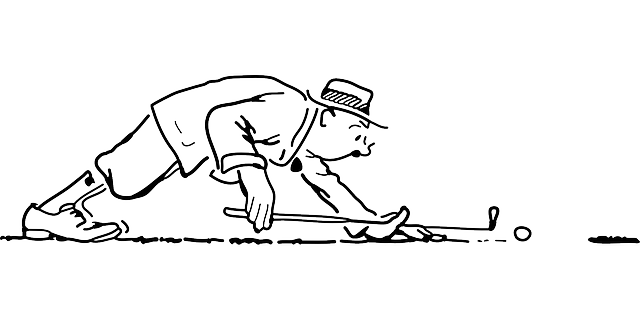

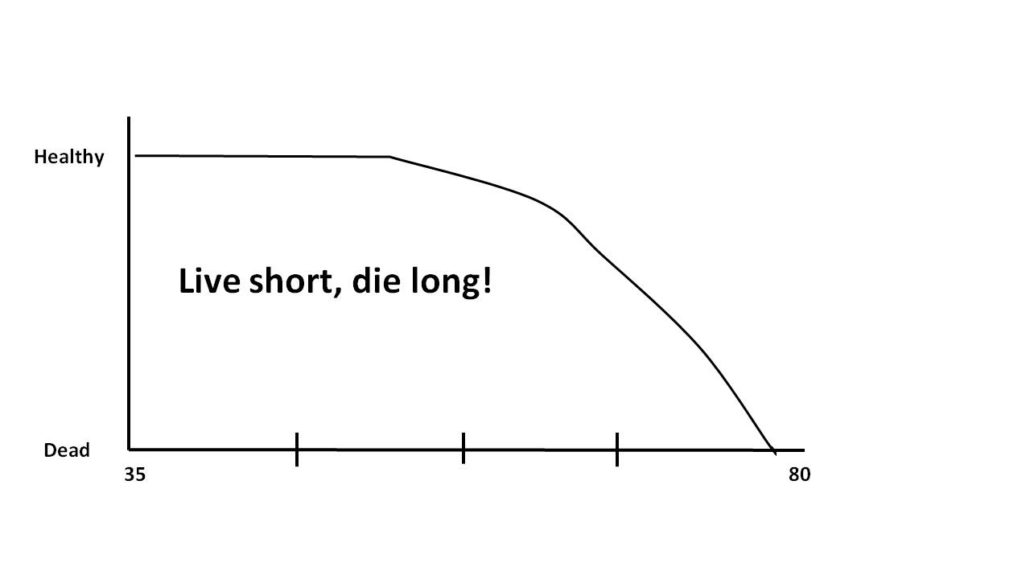
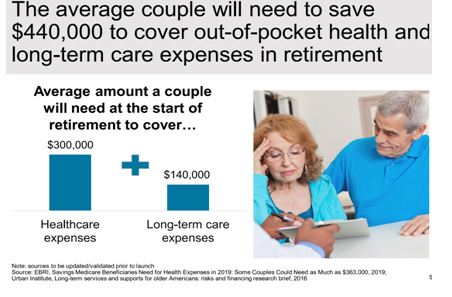
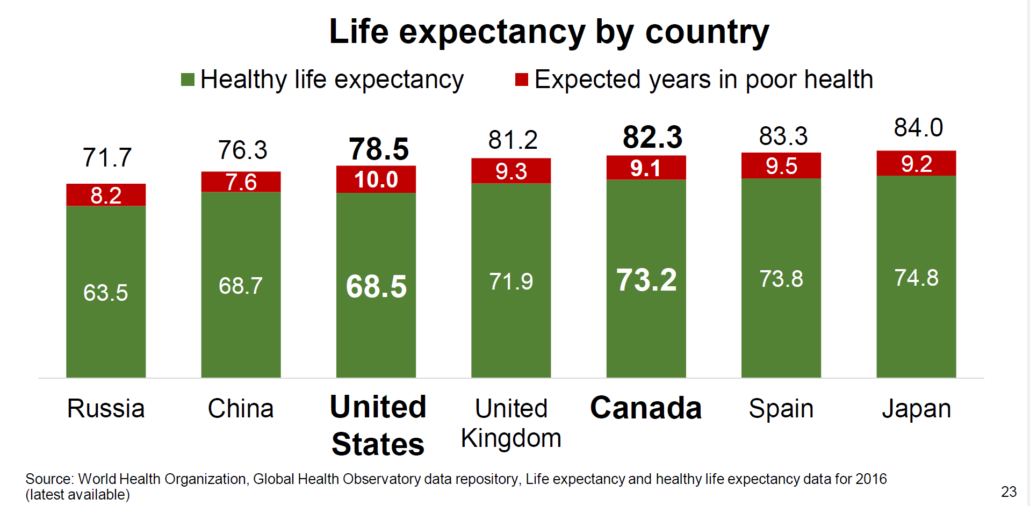
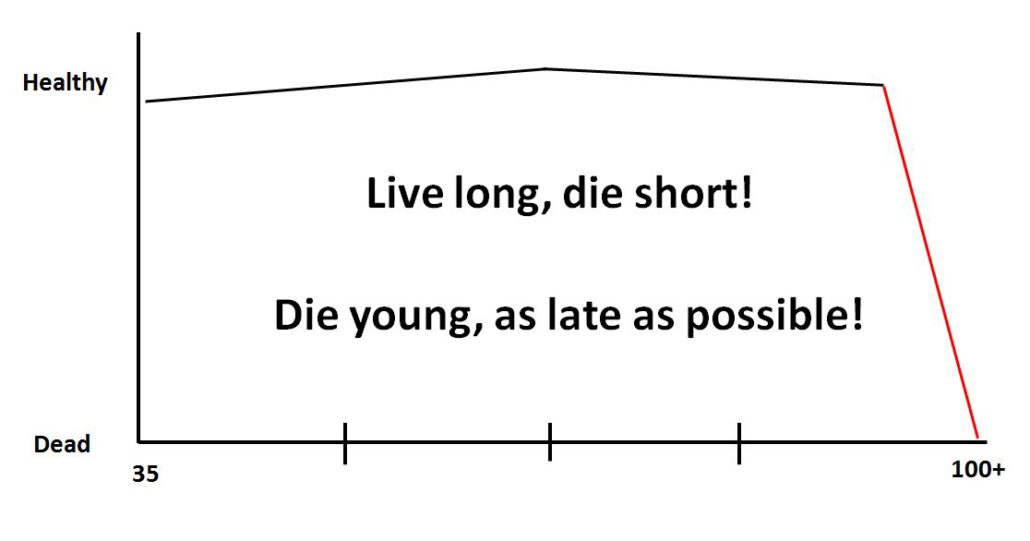




 George Burns was guilty of some really fabulous quotes, most of them quite funny, some deadly serious. Many had to do with his advancing age (he died in 1996 at age 100). Here are a few:
George Burns was guilty of some really fabulous quotes, most of them quite funny, some deadly serious. Many had to do with his advancing age (he died in 1996 at age 100). Here are a few:









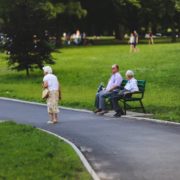
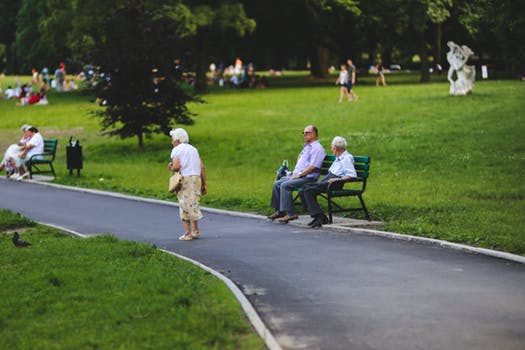

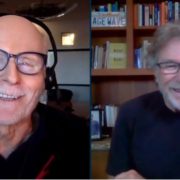
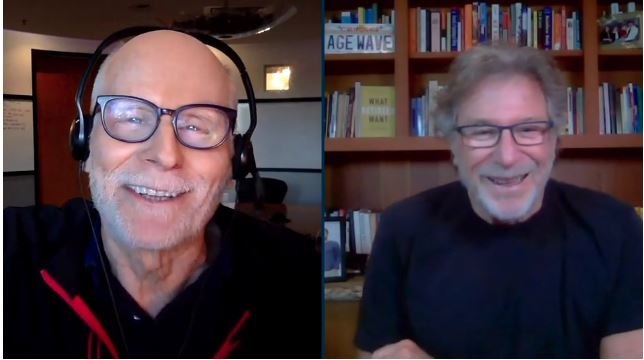


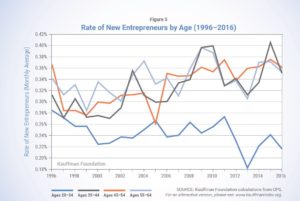
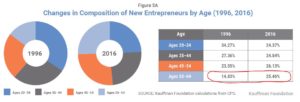


 Yours truly was stupid – for the better part of 55 years.
Yours truly was stupid – for the better part of 55 years.